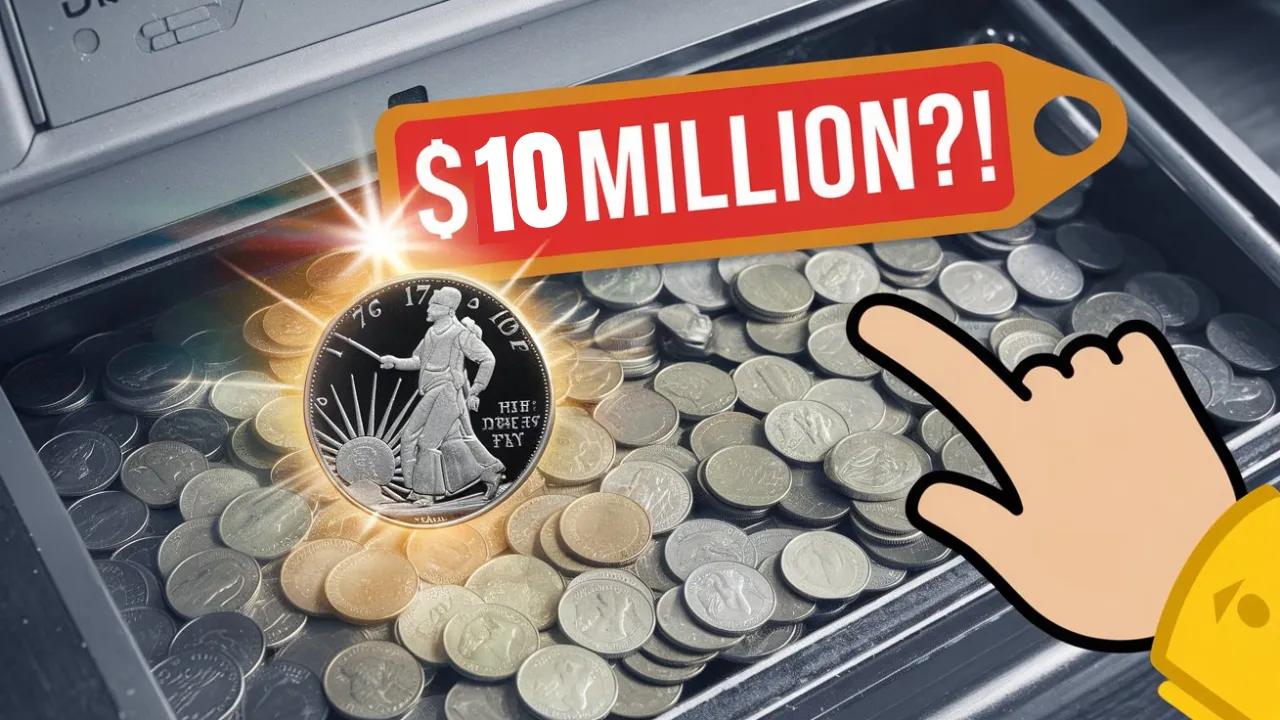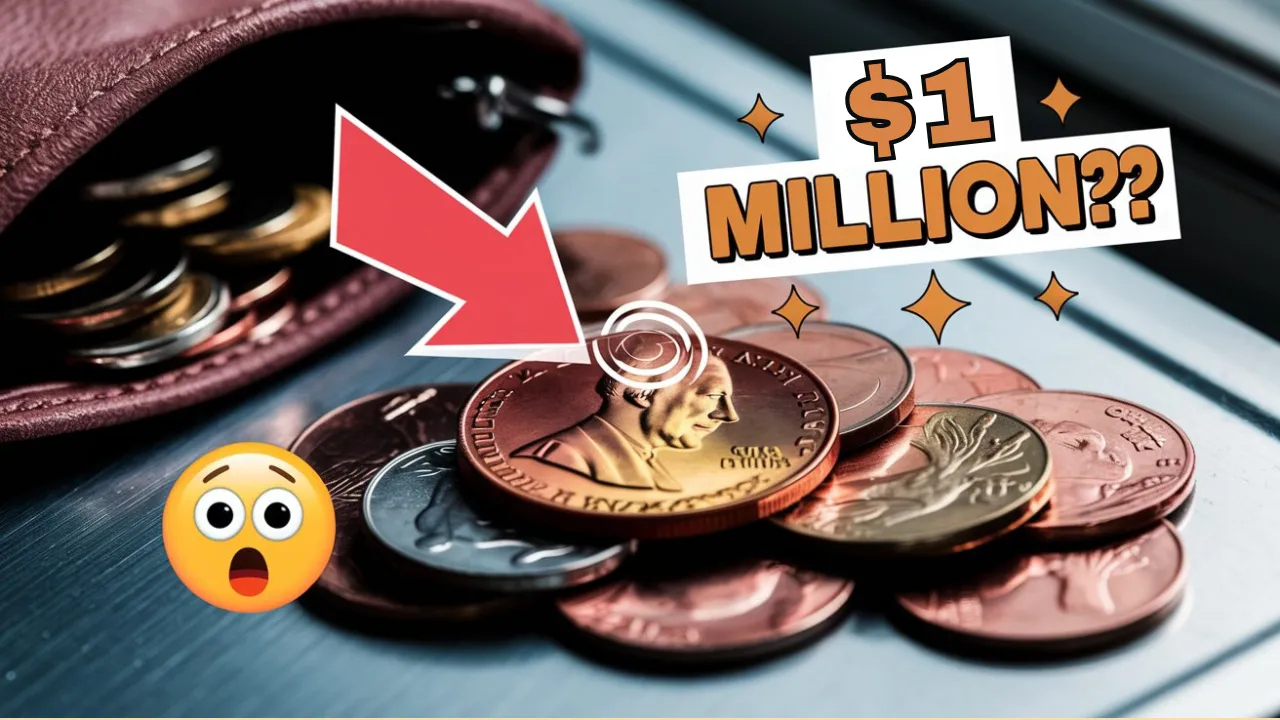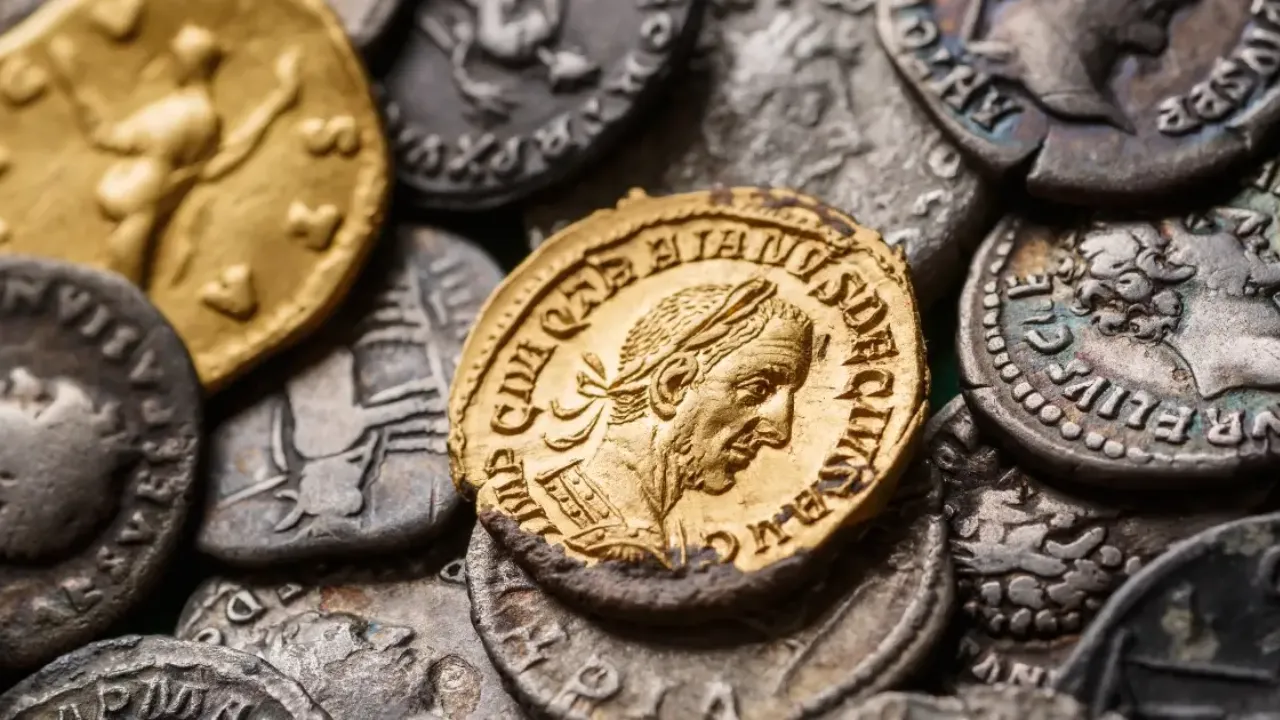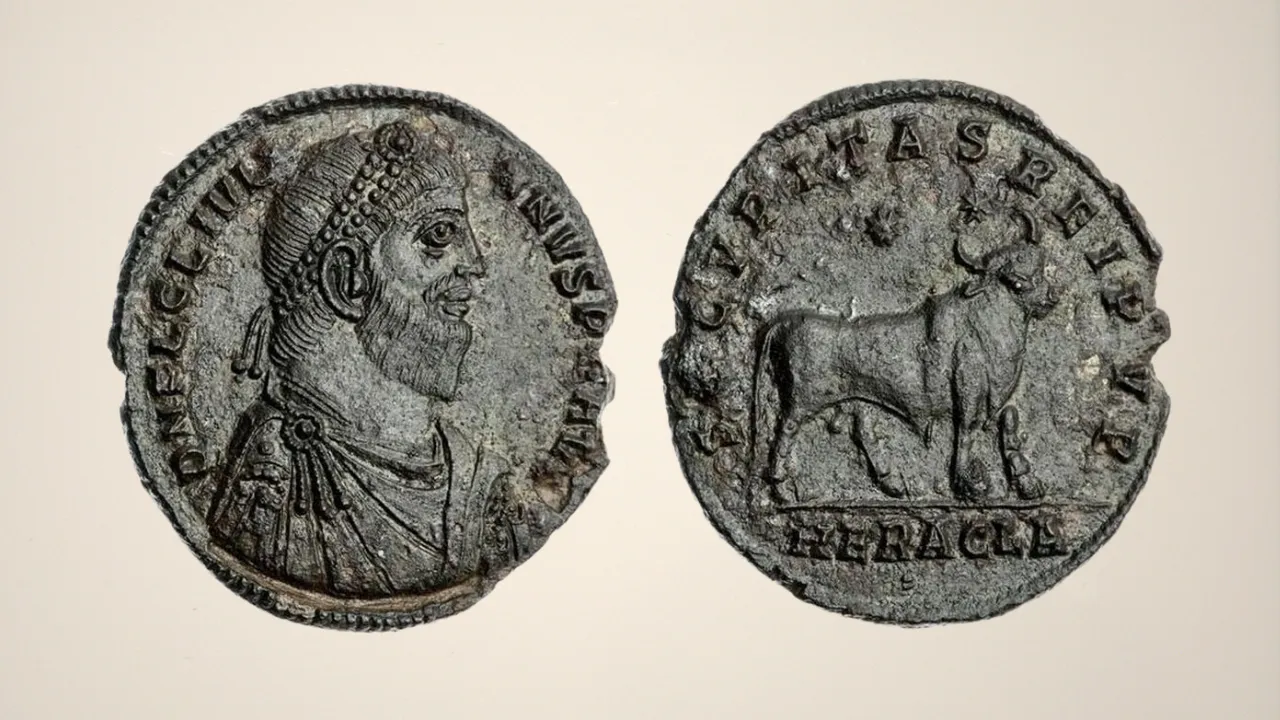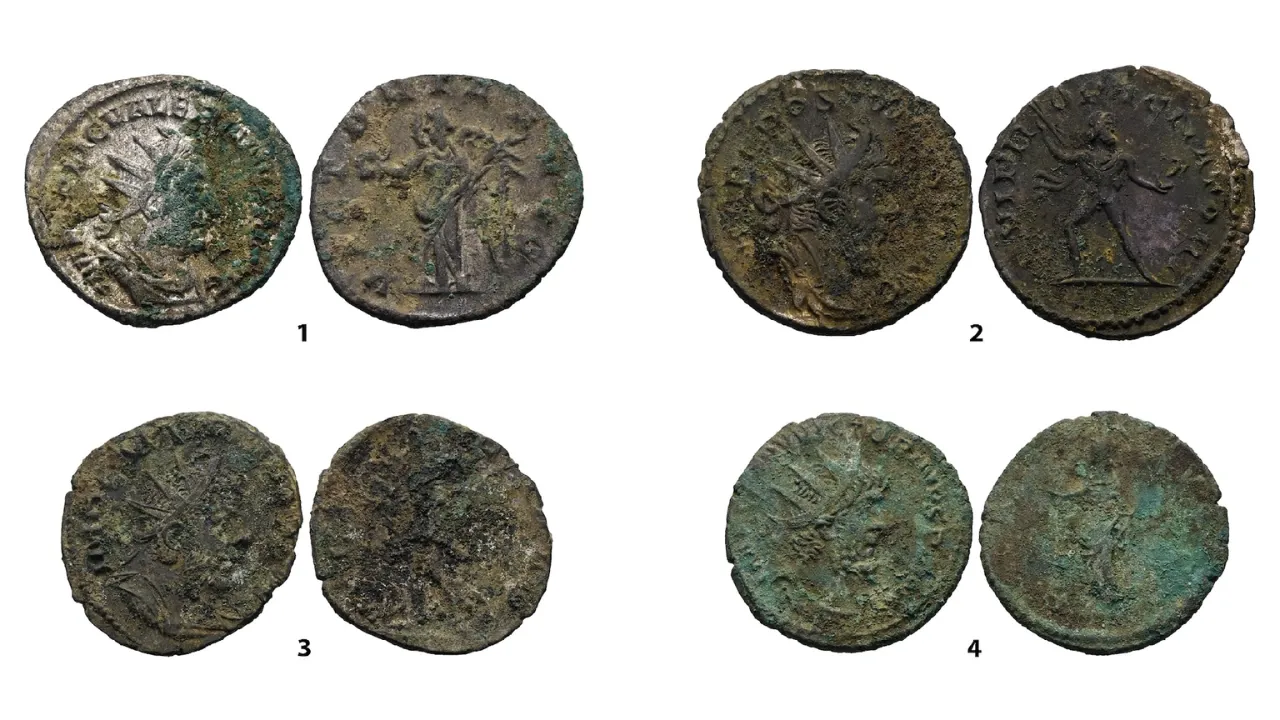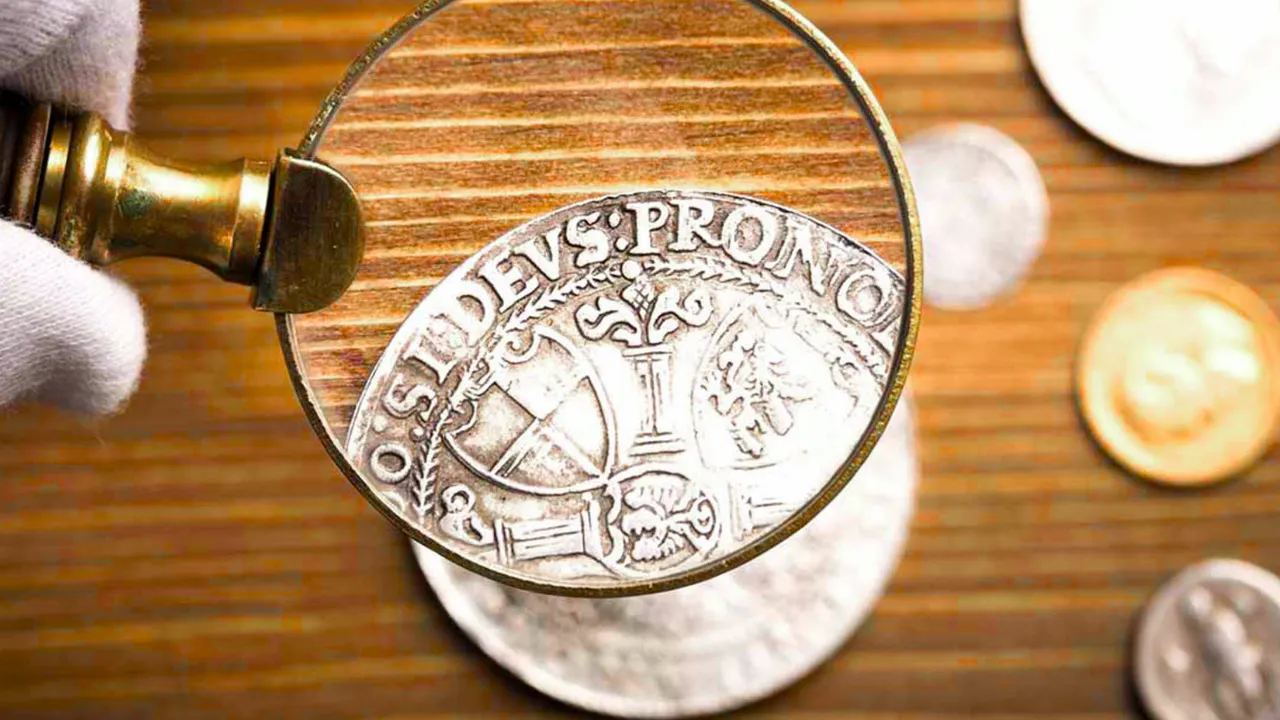Lincoln Wheat Penny: The Lincoln Wheat Penny is one of the most iconic coins in American history, but did you know that one rare version of this penny is valued at an astonishing $4 million? Despite its incredible worth, this valuable coin might still be hidden in someone’s pocket change or old coin jar. The story behind this rare penny is a fascinating tale of historical significance, accidental minting errors, and collector enthusiasm.
In this article, we’ll uncover the secrets of the Lincoln Wheat Penny, exploring its origin, the rarity of the 1943 copper penny, and the factors that make it worth millions. We’ll also guide you on how to identify this valuable coin and increase your chances of spotting one.
Quick Facts About the $4 Million Lincoln Wheat Penny
| Key Feature | Details |
| Coin Name | Lincoln Wheat Penny |
| Year of Rarity | 1943 (Copper Version) |
| Material Composition | Copper (Rare), Steel (Common) |
| Designer | Victor David Brenner |
| Reason for Value | Accidental copper minting in 1943 |
| Estimated Value | Up to $4 Million |
| Historical Significance | Minted during WWII with scarce materials |
The History Behind the Lincoln Wheat Penny
The Lincoln Wheat Penny was first minted in 1909 to honor the 100th anniversary of Abraham Lincoln’s birth. Designed by Victor David Brenner, this coin broke tradition by being the first U.S. coin to feature a real person instead of symbolic figures.
- Obverse Side: Showcases Abraham Lincoln’s profile, symbolizing his role in shaping American history.
- Reverse Side: Features two wheat stalks, a tribute to America’s agricultural roots, with “ONE CENT” engraved boldly.
This penny was minted until 1958, primarily using 95% copper. However, a crucial change in 1943 due to wartime resource conservation created one of the rarest coins in history.
What Makes the 1943 Lincoln Wheat Penny Worth $4 Million?
1. The Copper Minting Error in 1943
During World War II, copper was essential for wartime supplies like ammunition. To conserve resources, the U.S. Mint replaced copper pennies with zinc-coated steel ones. However, a few copper blanks from 1942 accidentally ended up in the minting machines in 1943, producing a handful of copper pennies by mistake.
2. Extremely Limited Numbers
While millions of steel pennies were produced in 1943, only a small number of copper pennies are known to exist. The exact number remains unknown, but estimates suggest fewer than 20 authentic copper pennies from 1943 are still around.
3. Exceptional Coin Condition
The $4 million Lincoln Wheat Penny owes part of its value to its remarkable condition. Coins free from scratches, corrosion, and heavy wear are significantly more valuable in the collector’s market.
4. Historical Significance
This rare penny isn’t just a collector’s item; it represents a unique chapter in American wartime history. The accidental minting during a period of intense resource conservation makes it more than just a coin—it’s a historical artifact.
How Was the $4 Million Lincoln Wheat Penny Discovered?
The story of this coin’s discovery adds to its allure. It wasn’t found in a museum or auction house—it was discovered in regular circulation. Someone unknowingly used or saved this penny without realizing its worth.
Once authenticated by experts, this penny became the focus of international headlines and was eventually sold at auction for $4 million. Stories like these fuel the excitement of coin collectors worldwide, reminding us that treasures can still be hidden in plain sight.
Can You Still Find a Rare Lincoln Wheat Penny Today?
While the chances are slim, it’s still possible to discover a 1943 copper Lincoln Wheat Penny. Here are a few practical steps to increase your chances:
- Check the Date: Look carefully at pennies minted in 1943. Most will have a steel silver-gray color, but a copper penny from this year is a rare jackpot.
- Look for Mint Marks: Mint marks like “D” (Denver Mint) or “S” (San Francisco Mint) can add extra value to the coin.
- Weigh the Coin: A genuine copper penny weighs approximately 3.11 grams, while a steel penny weighs 2.7 grams. A simple scale can help confirm its composition.
- Get Expert Verification: If you suspect you’ve found one, have it authenticated by a numismatic expert or professional grading service.
Why Are Rare Coins Like the Lincoln Wheat Penny So Valuable?
The value of rare coins like the Lincoln Wheat Penny is driven by several key factors:
- Rarity: The fewer examples that exist, the higher the coin’s value.
- Historical Importance: Coins tied to significant historical events carry emotional and historical value.
- Condition: Pristine coins with minimal wear fetch the highest prices.
- Collector Demand: As more collectors enter the market, the value of these rare coins continues to climb.
These combined factors make the Lincoln Wheat Penny a prized asset in the world of numismatics.
The Thrill of Coin Collecting: More Than Just a Hobby
For many, coin collecting isn’t just about financial gains—it’s about history, discovery, and passion. Each coin tells a story, and every collector dreams of finding that one rare treasure hidden in everyday change.
The Lincoln Wheat Penny is a perfect example of how a small piece of copper can represent a significant piece of history while carrying a jaw-dropping price tag.
FAQs About the Lincoln Wheat Penny
1. Why is the 1943 Lincoln Wheat Penny so valuable?
The rarity of the accidental copper minting in 1943 during wartime makes this coin extremely valuable.
2. How can I tell if I have a rare 1943 Lincoln Wheat Penny?
Look for a 1943 date, copper color, and a weight of 3.11 grams.
3. Where can I sell a rare Lincoln Wheat Penny?
You can sell it through coin dealers, auctions, or numismatic experts.
4. How many 1943 copper pennies are left?
It’s estimated that fewer than 20 authentic examples exist today.
5. Is it still possible to find one in circulation?
Though extremely rare, it’s still possible to stumble upon one in old collections or jars of coins.
Final Thoughts: A Hidden Treasure in Plain Sight
The Lincoln Wheat Penny, valued at $4 million, isn’t just a coin—it’s a symbol of history, rarity, and accidental brilliance. Its story reminds us that extraordinary treasures often hide in the most ordinary places.
So, the next time you sort through your change or stumble upon an old jar of coins, take a moment to look closely. You might just uncover a penny worth millions.
What are your thoughts on this rare coin? Share your comments below and keep searching—you never know when you might hit the jackpot!

